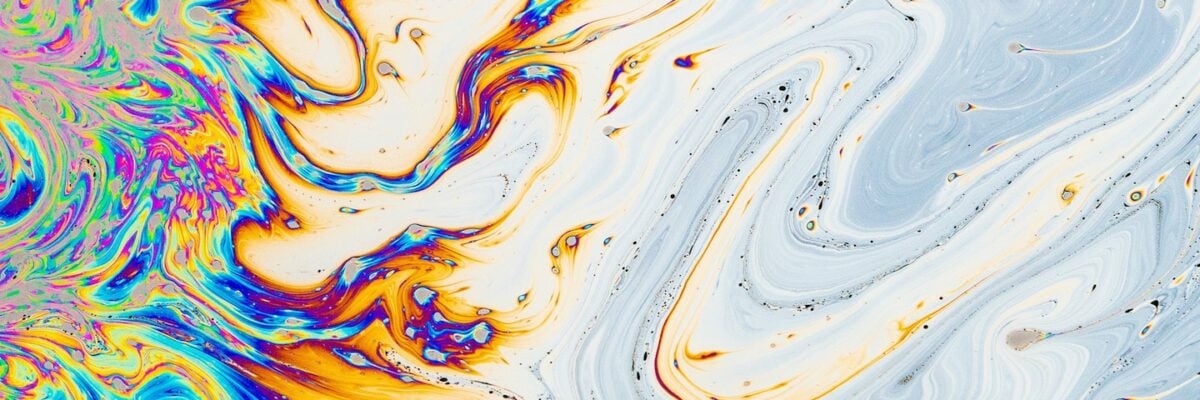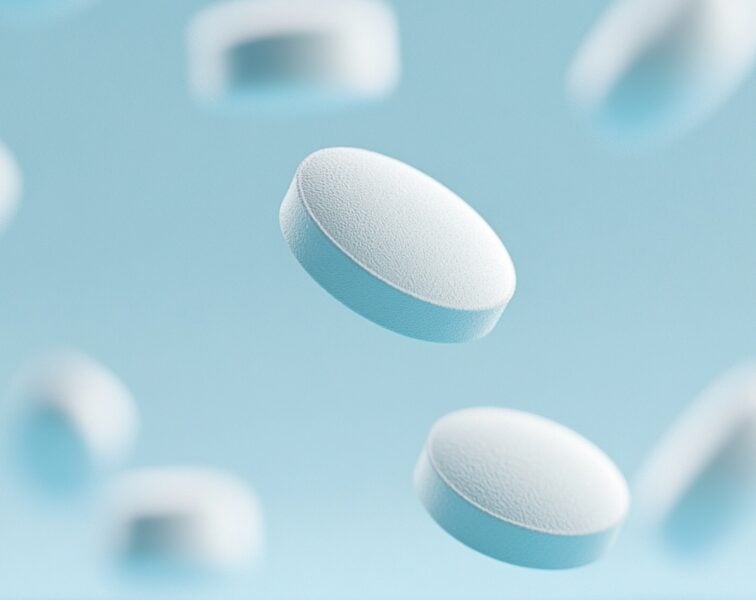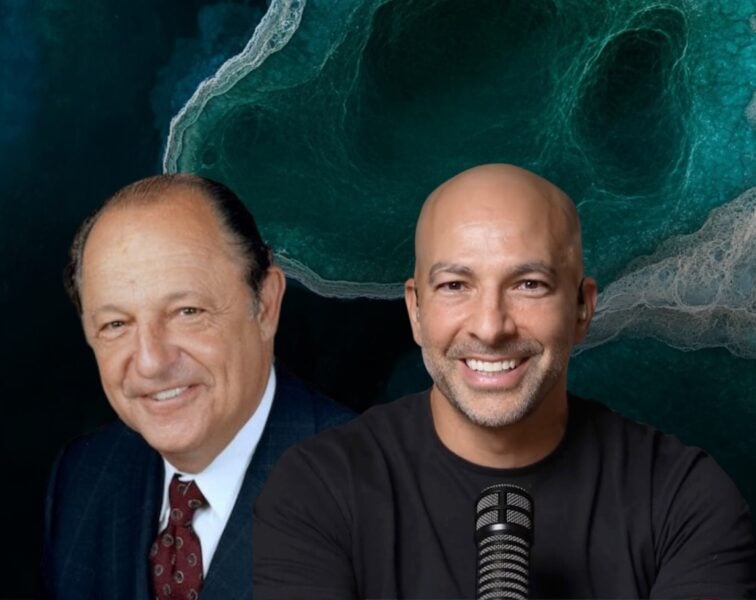Formal research into the therapeutic benefits of psychedelic compounds was effectively halted with the passing of the Controlled Substances Act in the 1970s. In recent decades, however, there has been a resurgence of scientific interest in the effects of these drugs on a variety of psychiatric conditions, ranging from PTSD to depression. This growing body of research on the therapeutic effects of psychedelic drugs, along with relaxing political measures for their decriminalization, have made it possible for some of these compounds to be potentially approved by the U.S. Food and Drug Administration (FDA).
There are three compounds that have regained traction over the past decade for potential mainstream use: Psilocybin—which comes from the psilocybe mushroom species—and two synthetic compounds, 3,4-methylenedioxymethamphetamine (MDMA) and lysergic acid diethylamide (LSD). All three compounds tend to be grouped together in the public discussion of psychedelic-assisted therapy, although psilocybin and LSD are considered classic psychedelics, whereas MDMA is known as an empathogen and does not produce the dissociative effects of psilocybin and LSD. Neither LSD or MDMA are naturally occurring, and therefore must be synthesized. (While psilocybin naturally occurs from a variety of mushrooms, the research being carried out is typically done with a synthetically derived compound.) I speak at length about the history of psychedelics and MDMA, along with how the substances work, in my discussion with Rick Doblin.
This article is a great overview of the two most promising drugs for near-term approval, psilocybin and MDMA. In its discussion of the compounds as therapeutic agents, the article canvasses the landscape of both completed and ongoing clinical trials. An Imperial College London trial evaluated the use of psilocybin in people who were classified as having treatment-resistant depression. In another study out of the Johns Hopkins University, psilocybin was administered to treat depression in patients with a terminal cancer diagnosis. More recently, the same research group studied the use of psilocybin in reducing symptoms of major depressive disorder, for which current pharmacotherapies have had limited effectiveness and adherence.
My persistent question about using psilocybin and MDMA-assisted therapy is not related to the efficacy of these drugs for treating psychiatric conditions that are otherwise difficult to address with existing pharmaceuticals. To these questions, I feel very optimistic. What gnaws at me is how we can go from approving these compounds based on their performance in very well-controlled clinical trials, to deploying and administering them at scale in a standardized way. In order for psilocybin and MDMA to fulfill their capacity as therapeutic treatments, we need a framework to move from efficacy—showing they work under perfectly controlled circumstances—to effectiveness—ensuring they work in the real world with less than perfect control.
In my view, one of the largest considerations has to do with the unique set of challenges that regulators will face with psychedelic-assisted treatments. With these therapies, the FDA will need to approve the compound in addition to the protocol for administering the drug. Unlike other prescription medications, these compounds are sensitive to an appropriate set and setting. The “set” refers to the individual’s mindset going into the session and the “setting” refers to the environment in which the treatment session occurs. The optimization of these two factors facilitates the therapeutic experience and the person’s emotional processing. Psilocybin and MDMA are powerful substances whose effects of intoxication can alter sensory perception or eliminate a person’s awareness of space, time, body, and self. In other words, these drugs will not simply be prescribed by a physician and taken autonomously the way, say, an antidepressant or an anxiolytic can be.
Thus, the FDA needs to consider the efficacy of psilocybin and MDMA for treating psychiatric conditions and set regulatory guidelines around administering the drug, along with integrating the person’s experience thereafter. There are discussions underway about whether the administering therapist needs to be trained and what that certification process would require. This certification process could mean that therapists who have long been illegally administering the drug treatment could become certified while some other experienced practitioners may resist involvement. Given the complexity of emotional experiences with psilocybin and MDMA-assisted treatment, one might also ask if the training should require that the prescribing therapist have personal experience with the compound. As important as that may be, I can’t imagine how such a stipulation could be suggested, let alone enforced.
Do we have a drug treatment model that could be applied to administering psilocybin and MDMA? Not really. The closest thing that I can think of is the pharmaceutical company Allergan, acquired by AbbVie, selling its Botox product to doctors who then administer it, rather than selling via prescription to patients who self-administer. In this example, any doctor can buy Botox and administer it to a patient. If the Botox model were applied to psilocybin and MDMA, it would also mean that there would be a spectrum of doctors with varying years of experience who administer the compounds. Obviously you would prefer to have someone qualified, but how would you know without an accreditation system? Receiving a drug like Botox also has a cost continuum related to the doctor administering it and, unfortunately, a cost that is also related to the dollars spent on the drug’s marketing. Will psilocybin and MDMA-assisted treatments have a standardized price or will there be a spectrum of practitioner fees? If there is to be high and low cost treatment, how will practitioners differentiate themselves?
Clearly there needs to be a standardized drug administration protocol for FDA approval. But let’s pretend for a moment that psilocybin and MDMA receive approval as therapeutic treatments. Who will produce these compounds? When pharmaceutical companies develop drug treatments, they consider the associated economic incentives. To this point, I discuss healthcare costs, and specifically drug pricing, in my conversation with Marty Makary. In the Botox example, Allergan trademarked the drug, giving the company financial incentive to produce it. By contrast, both psilocybin and MDMA, not to mention LSD, are in the public domain and therefore cannot be trademarked or patented. It also means that for-profit pharmaceutical companies are likely not going to be interested in developing the compounds for prescription use. One way big pharma has gotten around this problem in the past has been to slightly change the compound formula so that it can be patented for profit. This is what Janssen Pharmaceuticals, a subsidiary of Johnson & Johnson, did with ketamine—a drug that produces a spectrum of anesthetic effects and has been used in the treatment of severe depression and pain management. Janssen patented a different FDA approved formulation of the generic ketamine formula so that it could make a profit.
The process for a standardized administration model and the large-scale production of the therapeutic compounds are both still riddled with questions that need to be answered before either psilocybin or MDMA can be put into practice. My hope is that the process can be addressed so that treatment intervention with either of the compounds can proceed. I do have concerns that, once these drugs are approved, a few therapists—who are at worst incompetent and at best overzealous—will create more harm than good. They could potentially set back a field that has spent decades earning the right to finally help people, legally, with some of the most powerful healing molecules available. I hope I’m wrong.




